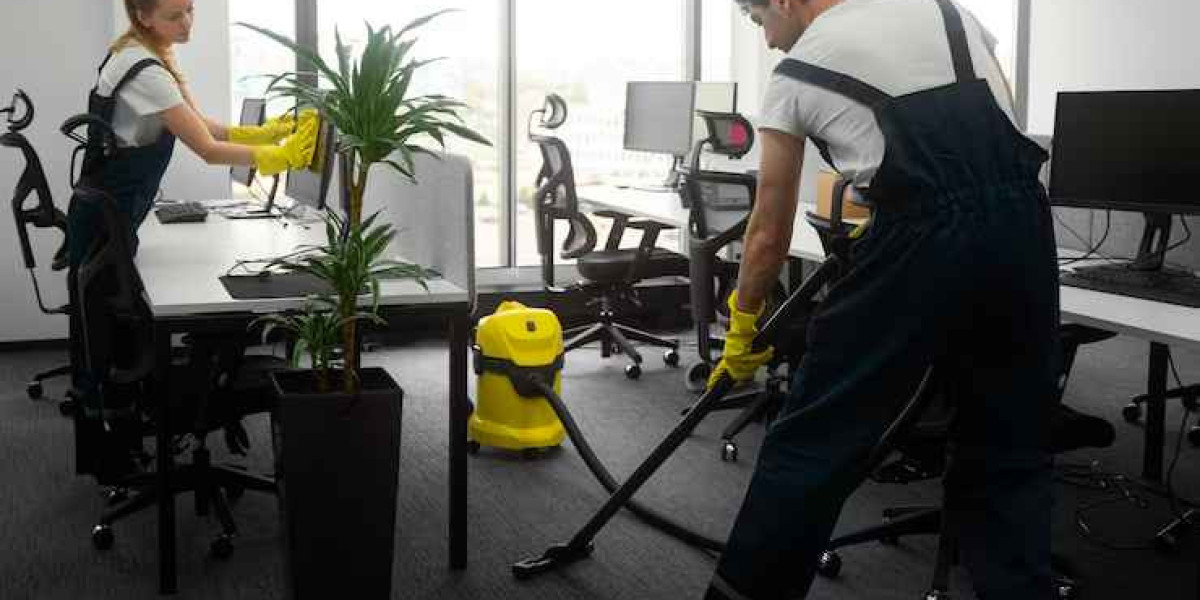When you hear the term “pitot gauge,” you might picture a device tucked away in an airplane cockpit, quietly doing its job while pilots navigate the skies. That's partly true—but the pitot gauge is also a tool used on the ground, particularly in fire safety and hydrant testing. Whether it's keeping an aircraft safe or ensuring a fire hydrant delivers enough pressure, this small piece of equipment plays a big role.
What is a Pitot Gauge?
A pitot gauge measures the velocity pressure of a fluid—most commonly air or water. In aviation, it's part of the pitot-static system that determines airspeed. In fire protection, it's used to measure the flow rate from a hydrant or hose. The principle behind it is straightforward: fluid enters a small opening facing the flow, pressure is measured, and that pressure is translated into speed or flow rate.
In hydrant testing, the pitot gauge is typically a small hand-held device with a probe that you position in the center of the water stream. The reading helps determine whether the hydrant can provide enough water pressure for firefighting needs.
Why It Matters in Fire Safety
Firefighters rely on accurate hydrant performance data. A hydrant that appears fine from the outside may deliver subpar flow, and in an emergency, that delay could cost lives or property. Testing with a pitot gauge is a quick way to get precise numbers.
For example, during an annual inspection, a fire department in a midwestern city used a pitot gauge to check a hydrant near a hospital. Although the hydrant had passed visual inspection, the gauge showed a drop in flow rate. Maintenance crews later found internal corrosion blocking water movement. Without that reading, the hydrant might have failed during a critical moment.
The NFPA Hydrant Color Code
The National Fire Protection Association (NFPA) has a standardized way to mark hydrants so firefighters can quickly identify their capacity. Known as the NFPA hydrant color code , it assigns colors to hydrant tops and nozzle caps based on their tested flow rate.
Here's a simplified version of the code:
| Color | Flow Rate (GPM) | Capacity Level |
|---|---|---|
| Light Blue | 1500+ | Excellent |
| Green | 1000–1499 | Good |
| Orange | 500–999 | Fair |
| Red | Below 500 | Poor |
A pitot gauge plays a direct role in this process. During testing, the gauge's reading determines which color the hydrant should be painted. This helps crews make quick decisions when seconds matter.
Learn more about the NFPA hydrant color code here .
How a Pitot Gauge Works in Hydrant Testing
The steps are simple but must be followed carefully to ensure accuracy:
Select a test hydrant – Usually one near the hydrant being evaluated, so you can measure static and residual pressures without shutting off the water supply.
Install the gauge – Place the pitot tube into the water stream at the correct depth (about halfway into the jet).
Take the reading – Read the velocity pressure on the gauge.
Convert the data – Use the formula for flow rate:
Q=29.84×d2×PQ = 29.84 \times d^2 \times \sqrt{P}where d is the nozzle diameter in inches and P is the pitot pressure in psi.
Record results – Keep logs for future comparison during maintenance checks.
It's a small process that prevents big failures.
Real-World Tips from the Field
Always test in calm weather – Wind can disrupt the water jet and give you false readings.
Check your gauge calibration – Even a slight error can change the hydrant's assigned NFPA color.
Use consistent nozzle sizes – Mixing sizes between tests makes long-term tracking unreliable.
Log environmental conditions – Temperature and seasonal demand on the water system can impact readings.
During one summer inspection in Arizona, a municipal team noticed significantly lower readings from multiple hydrants. Rather than blaming faulty hydrants, they looked at the logs and saw high seasonal water demand from irrigation systems. The hydrants were fine—just operating under heavier system load.
Beyond Fire Safety: Aviation Example
The same principle that helps a firefighter trust a hydrant also keeps a pilot safe in the air. A pitot tube in an aircraft faces into the oncoming air, measuring its pressure to calculate airspeed. If the tube gets blocked—by ice or debris—speed readings become inaccurate. That's why pilots test their pitot system before every flight, just as fire crews test hydrants regularly.
Why Accuracy Matters
Whether you're running a fire department, managing a water utility, or piloting an aircraft, accurate readings from a pitot gauge give you confidence in the system you rely on. The tool is simple, but the stakes are high.
For hydrant flow testing, accuracy can be the difference between having enough water to contain a blaze and watching it spread. For aviation, it can mean distinguishing between a safe landing and a dangerous stall.


